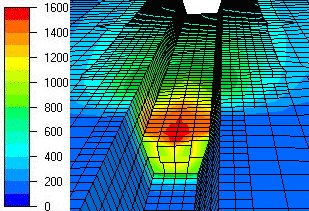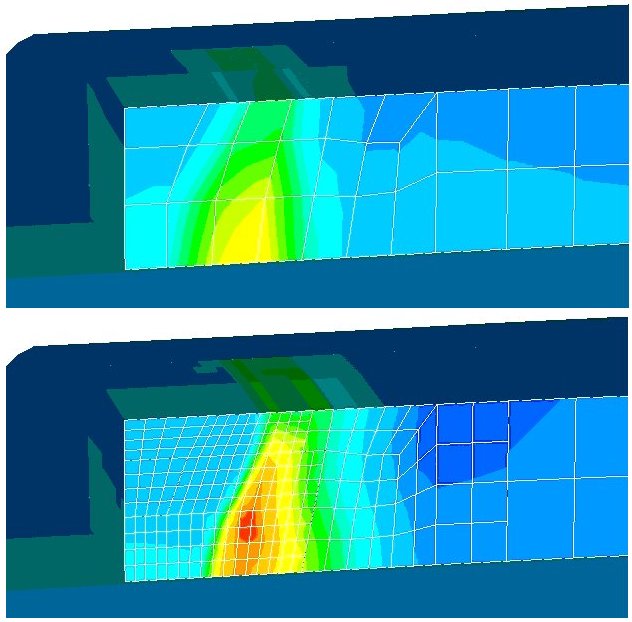You are here:
RESIA
/
Some project results
/
The WeldsimS model
|
The WeldsimS model
|
|||||||





